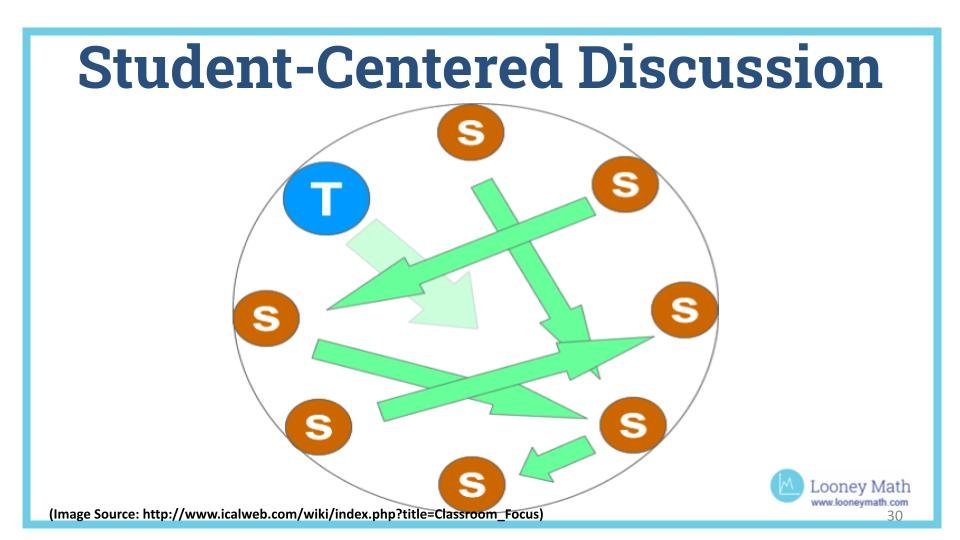The Present of Being Present
I am a planner. I take an idea or an event and I let it run around my mind for days creating my plan of action. I have lists, contingencies, and countdowns (see previous blog, Chalkboard Wisdom in the Age of the Virus). I have figured out all of the what-ifs, the ways to pivot and to shift, but I have an underlying belief that none of those will be necessary because I think I am in control of the situation. I am ready with a back-up plan if needed. I do not like surprises, and I have a deep-seated desire to always be prepared. For 51 years this mostly worked out. Life chugged along with the obvious bumps in the road, some greater than others, but overall my life as a planner worked just fine for me.
Enter March of 2020.
I had been watching the news of this new virus since December 2019, and had begun to purchase supplies to plan for those what-ifs. As it turns out, though, there is no possible way to plan my way through the impact of this pandemic. I can be up to date on the latest developments, endlessly scrolling news articles. I can take the precautions that I choose to feel safe. And the virus can have other plans. My family still has gotten COVID19. My life still continues to get disrupted. Plans continue to fall through. COVID19 has called into question the value of my planning meticulously and expectantly for what is to come.
Faced with the ongoing pandemic and the stresses that continue to be placed on all aspects of life, I’ve decided to work on being present in the moment. This is a life lesson that it is high time that I embrace. And so for 2022, my focus word is present as in “to be present.”
“Being in the present moment, or the “here and now,” means that we are aware and mindful of what is happening at this very moment.
We are not distracted by ruminations on the past or worries about the future, but centered in the here and now. All of our attention is focused on the present moment.
”
That’s not to say I am abandoning all planning because there is a most definite benefit to having plans and ideas in motion. The shift is in the moment. It's within the day-to-day execution that I can benefit from being more curious, patient and present.
How I do this in my personal life will be a significant challenge for me, and I ask for your well wishes as I go along on this journey. Perhaps you are a fellow-planner like me, and you can relate or have some words of wisdom to share. But what does this mean as an educator? How can we as educators stay in the present moment with our students? What does that look like in a math classroom? Below are three ways you can begin to do this immediately.
Listen Productively
In an earlier blog I wrote about the role of listening,
“We all know that classroom dialogue is important. We encourage number talks, we post talk move posters in classrooms, and we spend a lot of time in classrooms thinking about how we generate productive discourse. I’d like to shift the focus to fostering productive listening. Lucy West discusses productive listening as that kind of listening that invites others to share more with you while furthering your understanding of their ideas. (more on this below). This is the way in which all of us hope to be listened to when we are talking. We all seek to be understood and to feel valued. The question that I would like us to think about is how well do we listen? And what might interfere with our listening productively?”
Max Ray gave an ignite talk in 2011 talking about the difference of listening to and listening for … when we listen to our students, we are curious about their ideas and we are present in that moment of learning with them. This stands in contrast to listening for when we listen for a particular response that we want to hear.
It looks like this ….
You might ask your students, “How did you solve 35 x 5?” If you are listening for the use of partial products as a solution method, you may discount another strategy such as counting by fives as inefficient. While we can all agree a student who counts up by 35 fives to find the answer is not operating efficiently, however, by listening to that student you learn what that student’s strength is. By knowing where they currently are in their thinking, you can consider how to move their thinking forward. Listening to is open, patient and curious. And it keeps that lesson in the present.
Another way to stay in the present is to Increase Wait Time.
The thinking that occurs during wait time is critical. Stahl (1985) defined think time, “as a distinct period of uninterrupted silence by the teacher and all students so that they both can complete appropriate information processing tasks, feelings, oral responses, and actions … the primary academic purpose and activity of this period of silence is to allow students and the teacher to complete on-task thinking.” (Stahl 1985).
When students are given this time to think, many things happen. The pressure to produce a quick correct answer is alleviated. Students receive the message that time is required to give a thoughtful response. It is important that during this time, everyone is silently thinking. No one is raising their hands indicating they want to speak. This is a silent period of thinking to prepare to share ideas. The teacher is present in the moment, honoring the process of learning.
How do you use wait time in your classroom? How much time do you allow for students to think? Can you intentionally increase this time?
This leads into my third idea for being more present in the classroom.
Talk Less
Research reveals that more than ⅔ of the talk in a classroom is done by the teacher. Think about that. Given one hour of instruction, the teacher is talking for 40 minutes and the students voices are heard for 20 minutes. Those 20 minutes would be spread across multiple students, therefore, not all students are given voice for that full 20 minutes. These numbers are profound and important to think about. I encourage you to get curious about your ratio of teacher talk to student talk.
When we are present in the moment of teaching, we pose a question and then sit back and wait for the discussion to ensue. We engage students with each other and allow their voices to dominate the work. The visuals below illustrate the shift to less teacher talk and more student talk.
How can you talk less and yet teach what you need to? You combine good questions with the two things above: Productive Listening and Increased Wait Time.
Lucy West shares more about effective questions in her video. She describes genuine questions as those that we don’t readily know the answer to. I encourage you to watch her powerful 5 minute clip.
What I love about these three ideas (Listen Productively, Increase Wait time & Talk Less) is that what is required is LESS to do, not more. I believe that making a conscious decision to be more present in teaching will lead to more learning. I also believe it will bring about more joy in the moment of teaching. I will remain curious as I work on this goal to realize its impact. The challenge will be for me to turn down the volume on that noisy to-do list, those demanding and expectant plans, that looming test or aggressive timeline in order to just be present.
The English language cleverly gave us another definition of present - it also means a gift. Why not do less and give yourself and your students the gift of being present? It just might be the best gift of all - I know I’m ready to unwrap mine!
Best Wishes for 2022!
Kindly,
Sue



